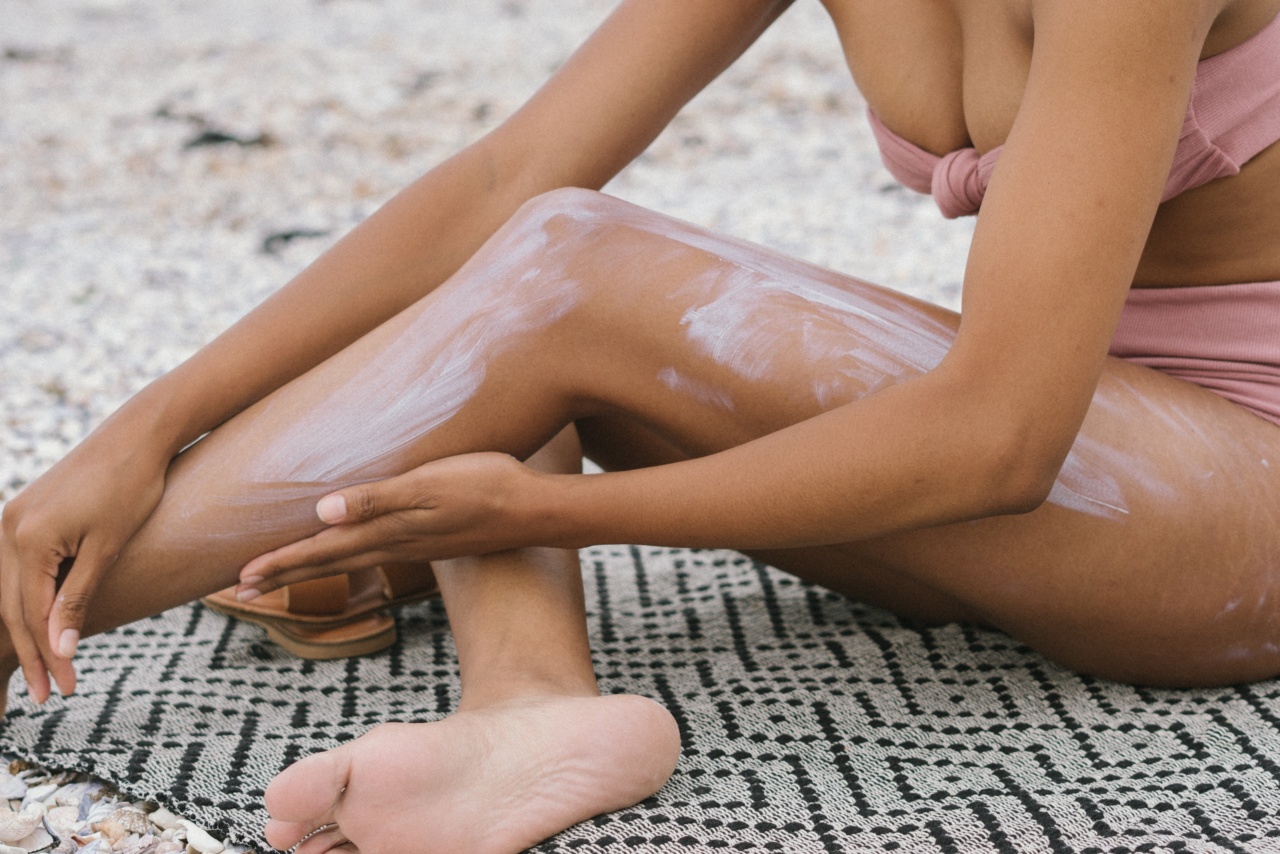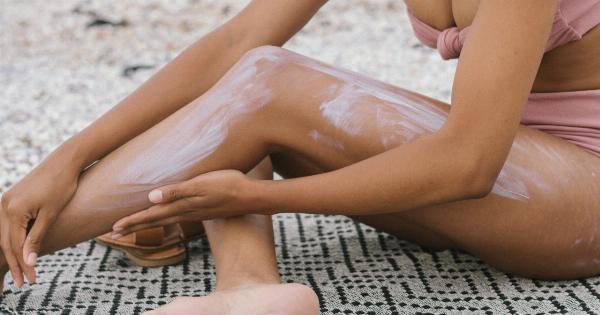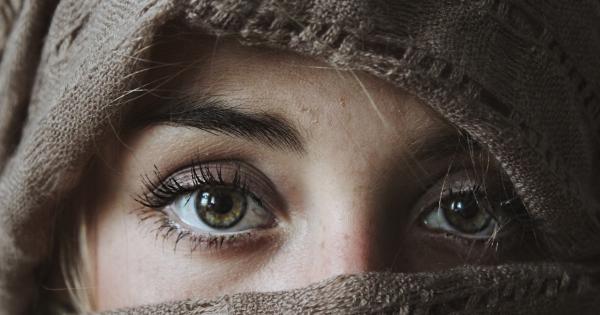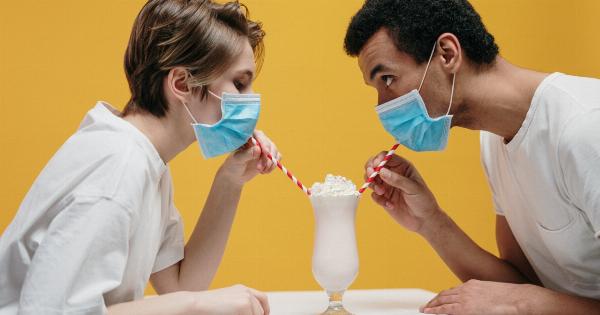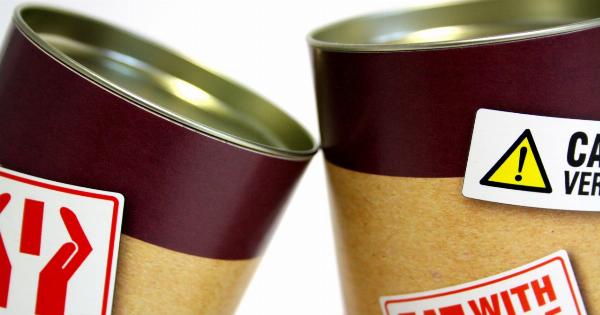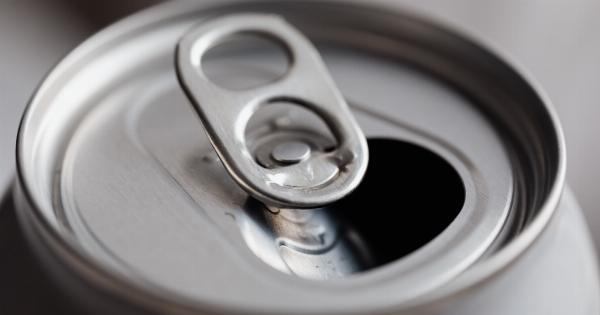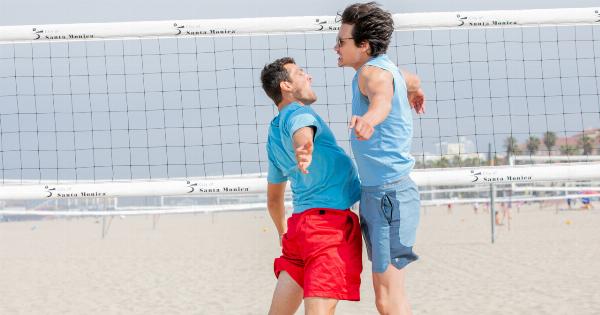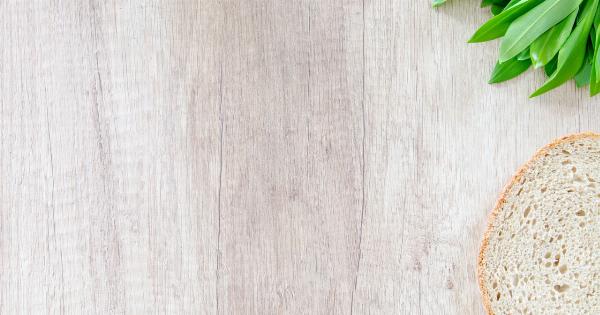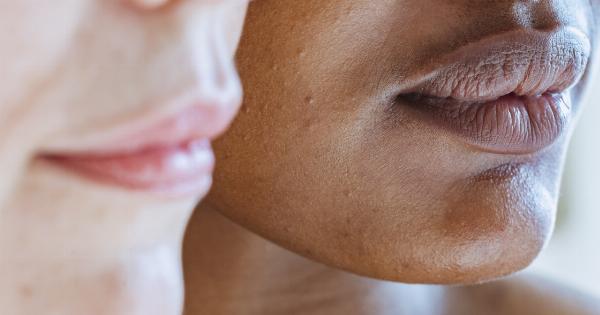Summer is a time for fun in the sun, but for some people, it can also bring along skin rashes that can dampen the enjoyment. From heat rashes to sunburns, there are various types of summer skin rashes that can cause discomfort and irritation.
In this article, we will discuss how to prevent and treat these common summer skin rashes, allowing you to make the most of the sunny season without any worries.
1. Heat Rash
Heat rash, also known as prickly heat, is a common skin condition that occurs when sweat ducts become blocked, leading to small, itchy bumps on the skin. To prevent heat rash, it is crucial to keep your body cool and avoid excessive sweating.
Opt for loose-fitting, breathable clothing, and use air conditioning or fans to maintain a cool environment. If you develop heat rash, take cool showers and apply soothing creams or lotions to alleviate the symptoms.
2. Sunburn
Sunburn is a painful skin condition caused by excessive exposure to ultraviolet (UV) rays from the sun. To prevent sunburn, always apply a broad-spectrum sunscreen with a high sun protection factor (SPF) before heading outdoors.
Additionally, seek shade during peak sun hours, wear protective clothing, such as wide-brimmed hats and long sleeves, and use sunglasses to shield your eyes from harmful UV rays. If you do get sunburned, apply aloe vera gel or a cool compress to soothe the affected skin and drink plenty of water to stay hydrated.
3. Poison Ivy, Oak, and Sumac
Coming into contact with poison ivy, oak, or sumac can result in a bothersome allergic reaction known as contact dermatitis. The rash typically appears as red, itchy blisters and can worsen if scratched.
To prevent exposure, learn to identify these plants and avoid touching them. If you do come in contact with them, wash the affected area with soap and water as soon as possible to remove the oil responsible for the reaction. Over-the-counter hydrocortisone creams and antihistamines can help alleviate the symptoms.
Remember, if the rash is severe or covers a large portion of your body, seek medical attention.
4. Insect Bites and Stings
The warm summer weather often brings out various insects, and their bites and stings can cause itchy, red skin rashes. To prevent insect bites, wear insect repellent and avoid sweet-smelling perfumes or lotions that can attract bugs.
Use fly screens on windows and doors, and cover your skin with clothing, especially during peak insect activity times. If you are bitten or stung, remove any stingers if present and clean the affected area with soap and water. Applying a cold pack or calamine lotion can help relieve itching.
In case of a severe allergic reaction or multiple bites, seek medical attention immediately.
5. Allergic Reactions
Summer can bring about allergies to various triggers, including pollen, grass, dust mites, and certain foods. Allergic reactions often manifest as itchy skin rashes, hives, or eczema.
To prevent allergic reactions, identify and avoid your triggers as much as possible. Keep windows closed, use air purifiers, and regularly clean your living space to minimize exposure to allergens. If you experience an allergic reaction, over-the-counter antihistamines and soothing creams can provide relief.
However, if the reaction is severe or accompanied by difficulty breathing, seek immediate medical attention.
6. Swimmer’s Itch
Swimmer’s itch, also known as cercarial dermatitis, is a skin rash caused by an allergic reaction to parasites found in certain bodies of water.
It is characterized by itchy, red bumps or blisters that appear within hours of swimming in contaminated water. To prevent swimmer’s itch, avoid swimming in areas with known infestations and rinse off immediately after leaving the water. Apply calamine lotion or take antihistamines if the rash occurs.
If the symptoms persist or worsen, consult a healthcare professional.
7. Sandfly Bites
When spending time at the beach or in sandy areas, sandfly bites can become a nuisance. These tiny flies, also known as sand fleas or beach lice, can leave itchy welts that can be very uncomfortable.
Apply insect repellent when spending time in sandy areas and wear protective clothing. If you do get bitten, wash the area with soap and water, apply a cold compress, and use over-the-counter corticosteroid creams or antihistamines to reduce itching and inflammation.
8. Prickly Heat
Prickly heat, or miliaria, is a heat-related rash that forms when sweat gets trapped in the skin, resulting in itchy or prickling red bumps.
To prevent prickly heat, stay in well-ventilated or air-conditioned spaces and wear loose-fitting clothing made from breathable fabrics. Avoid heavy creams or ointments that can block the sweat ducts and contribute to the condition. If prickly heat occurs, take cool showers and apply soothing lotions or powders to alleviate the discomfort.
9. Eczema Flare-ups
For those with eczema, the summer heat and humidity can trigger flare-ups, leading to itchy, dry, and inflamed skin. To prevent eczema flare-ups, keep your skin moisturized using fragrance-free lotions or creams.
Stay in cool environments and avoid excessive sweating. Wear loose, breathable clothing to minimize irritation. If a flare-up occurs, apply prescribed topical creams or ointments as directed by your healthcare professional. It is also important to identify and avoid any triggers that worsen your eczema.
10. Heat Acne
Heat acne, or acne mechanica, is a type of acne that occurs due to friction, heat, and sweat. It often appears as small, red bumps on areas of the body that experience increased heat and friction, such as the back, chest, or thighs.
To prevent heat acne, wear loose-fitting clothing made from breathable fabrics, shower after sweating, and avoid using heavy oils or lotions. If heat acne develops, wash the affected area with a gentle cleanser and apply topical acne treatments containing salicylic acid or benzoyl peroxide.
